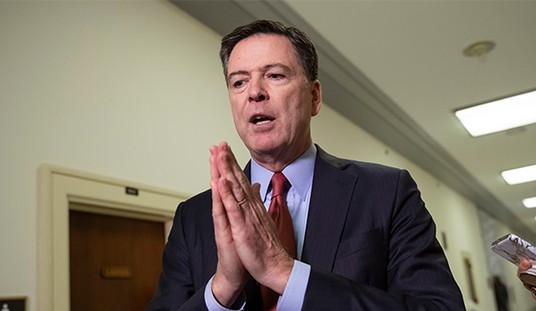Advanced Micro Devices is a company so at the mercy of the vagaries of Fate, that even when (rarely these days) it has good news, the announcement still seems shadowed with foreboding. And, as always, that shadow is cast by Intel.Despite being a multi-billion dollar company, AMD is, in the most fundamental way, a company defined almost entirely in reflection of its much bigger neighbor just a couple miles down the road in Silicon Valley. Without Intel, there would have been no AMD — and having made that Devil’s Bargain, AMD has never been able to escape Intel’s embrace.The story goes back that that ur-company of high tech, Fairchild Semiconductor, where Bob Noyce was the general manager and Jerry Sanders the Southern California sales director. Most of the Young Turks at Fairchild, including Andy Grove, vied for Noyce’s affections, but the maverick, brash and controversial Sanders was always Noyce’s favorite. When Fairchild exploded the first time and scattered the entrepreneurial teams that would create the modern Valley, Noyce, Moore and Grove, the gold team, quickly found venture money and founded Intel. Sanders and his group, lacking the reputation and management chops, by comparison, took months to land a fraction of the money to start AMD. Sander’s company was troubled from the beginning . . .and was only saved when Noyce, taking pity on his prodigal son, gave AMD second source rights to Intel’s semiconductor catalog — a decision that caused deep envy and resentment at the time, and led to one of the longest and most bitter lawsuits in technology history. Noyce’s benevolence saved AMD, but it also forced that company on one of the most miserable rollercoaster rides imaginable. AMD would no sooner clone an Intel microprocessor and start seeing both its profits and stock price climb, when Intel would announce a new generation of processor . . .and AMD would crash, both financially and in morale, until it could come up with its own copy. Intel, meanwhile, did everything it could to shake off this corporate parasite — a program that grew even more vicious after the early death of Noyce — while customers continued to buy just enough from AMD to keep it alive and thus keep Intel honest.Then, in the late 1990s, after a quarter century of this misery, AMD did something extraordinary. With the Athlon chip, the last project overseen by Sanders, AMD not only caught up with a distracted (the Feds) and stumbling Intel — but actually surpassed its old nemesis. And with Intel, now without the fiery Grove and increasingly turning to fight a surging Samsung nipping at its heels, it seemed as if AMD might at last be able to hold the high ground in processors, consolidate its gains, and after all of these years, finally control its fate.But AMD, itself now without Sanders, seemed to lose its way. New CEO Hector de J. Ruiz was capable, but not a killer. Meanwhile, Intel found a tough new CEO in Paul Otellini, began to regain its old form — and came out of the post 9/11 recession in fighting form.By last year, it had become obvious that AMD had lost whatever lead it owned over Intel — and that its giant neighbor was prepared to crush it once more — perhaps this time for good. It didn’t help AMD’s prospects that it had little cash for new product development, its stock in freefall and d. Ruiz having spent $5.4 billion in cash and stock in 2006 in a controversial purchase of computer graphics board maker ATI Technologies.When AMD had to take a $920 million loss from ATI last month, half of its total losses for the quarter, it was the end for d. Ruiz, who was replaced by company president Dirk Meyer. Ironically, for all of d. Ruiz’s mistakes, the most obvious one, the ATI purchase, may in the end vindicate him. Today, AMD is slated to announce a new high speed graphics card, the ATI Radeon HD 4800 X2 Series, that is already being hailed as the new performance standard for this highly competitive, $3.4 billion. At 2.4 trillion calculations per second, the HD 4800 outpaces anything put out by ATI’s much larger rival, Nvidia, which owns two-thirds of the market. Already analysts are saying that AMD/ATI now has a chance to become the industry leader.If all of this — a struggling also-ran AMD catches its much bigger competitor napping and races ahead with a technologically superior product — gives you a sense of deja vu; well, it gets worse. That’s because, waiting in the wings is . . .Intel. Intel has already announced plans to enter the graphics card business by next year, or early 2010 at the latest. That means that it is already bringing to bear its unequalled technicap prowess and vast quantities of capital investment to roll over this new business — and any companies in its way.In other words, Advanced Micro Devices should enjoy its latest victory and make the most of it . . .because in a few months it goes back to its true destiny of being chained forever to its worst enemy.More
AMD Redux: Doomed to Relive the Past?

Advertisement








Join the conversation as a VIP Member